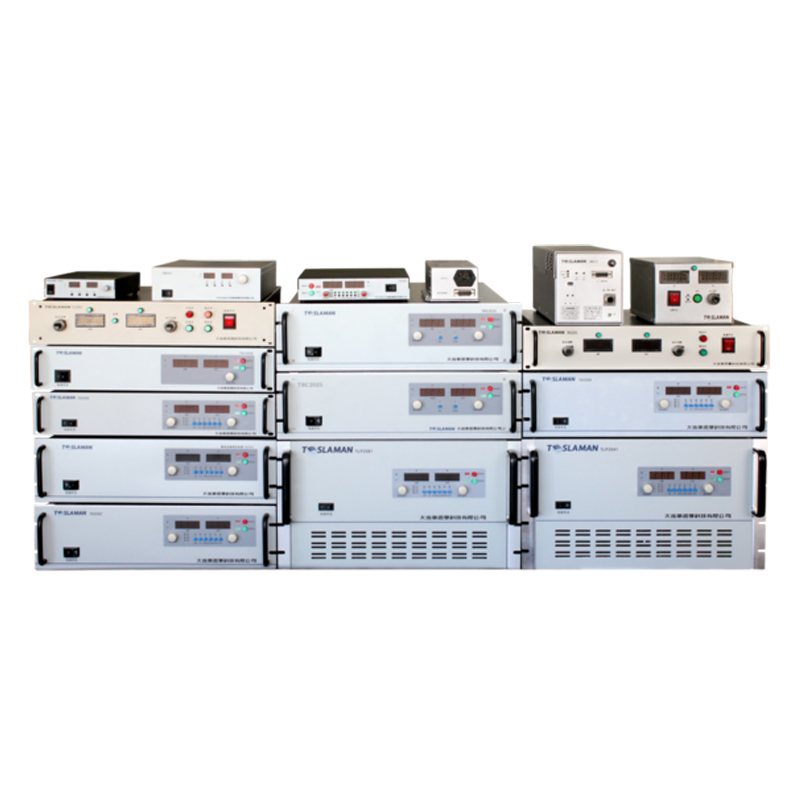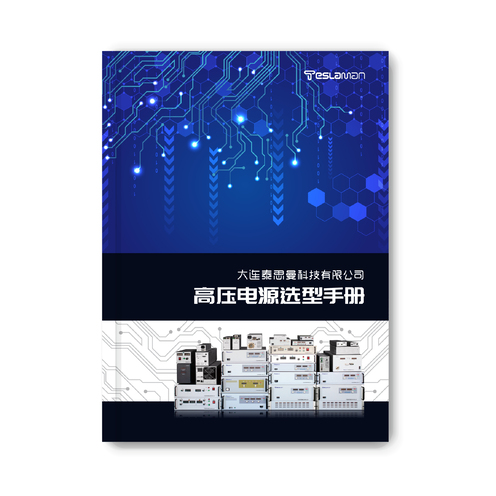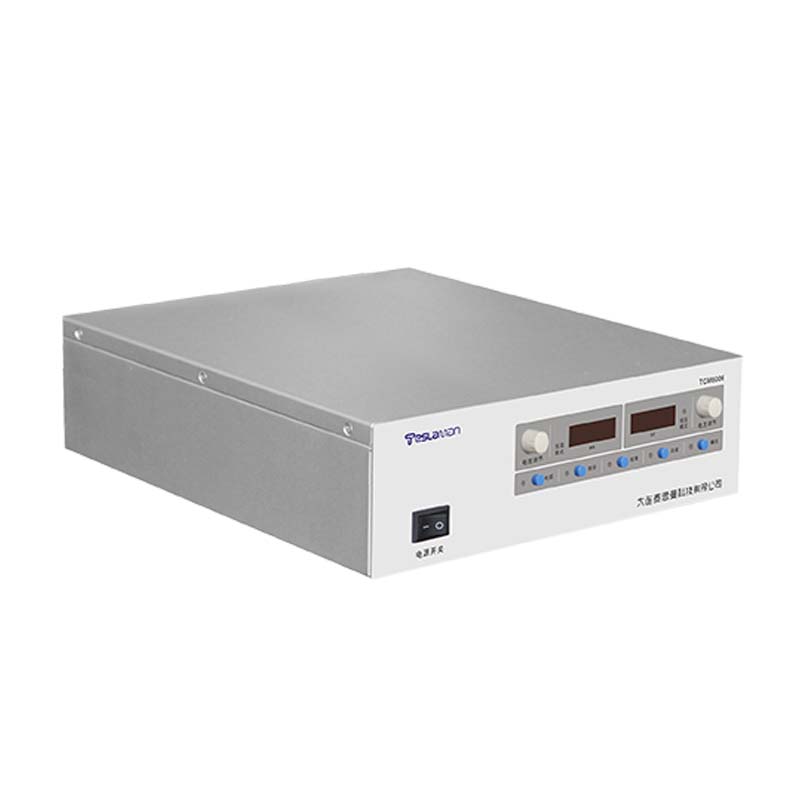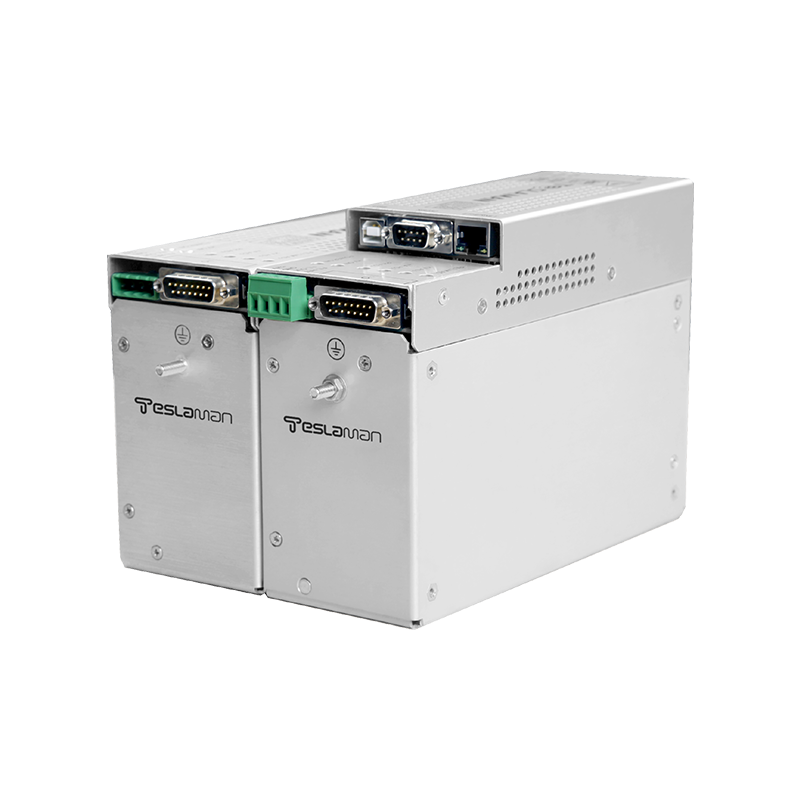Research and Development of High voltage Power Supply for Neutron Source: Technological Breakthroughs and Application Prospects
In the fields of modern scientific research and industrial applications, neutron sources play a crucial role. The high voltage power supply for neutron sources, as a core component, is decisive for the performance of neutron sources. The research and development of high voltage power supplies for neutron sources is not only a technological breakthrough but also a key force driving the development of numerous fields.
From a technical principle perspective, the high voltage power supply for neutron sources is designed to provide stable and high voltage power to neutron source devices. Its working principle is based on the theories of electromagnetics and power electronics. Through a series of complex circuit designs and control strategies, the input low voltage is converted into a high voltage output that meets the requirements of the neutron source. For example, the transformer boosting technology is used to gradually increase the low voltage of the mains power, and the rectifier circuit is used to convert alternating current into direct current to ensure the stability of the output voltage. At the same time, in order to meet the special needs of different neutron sources, a fine tuned voltage regulation and feedback control mechanism is also required to ensure that the output voltage can be accurately maintained at the set value under various working conditions.
During the research and development process, many challenges are faced. First of all, extremely high stability is required. The operation of the neutron source requires a very small voltage ripple coefficient of the power supply output. Even a slight voltage fluctuation may affect the stability of neutron generation, thus interfering with the experimental results or the accuracy of industrial production. The research and development team needs to reduce the voltage ripple and improve the long term stability of the power supply by optimizing the circuit topology, using high performance filtering components, and advanced digital control algorithms. Secondly, the high voltage insulation problem cannot be ignored. In a high voltage environment, the performance of insulation materials is directly related to the safety and reliability of the power supply. Researchers need to conduct in depth studies on various insulation materials, select suitable insulating media, and optimize the insulation structure design to prevent insulation failures such as corona discharge and breakdown. Thirdly, power density is also a key challenge. In order to meet the development trend of compactness and integration of neutron sources, the high voltage power supply must achieve high power output within a limited space. This requires researchers to innovate in circuit design, heat dissipation technology, etc., to improve the power density of the power supply.
Despite the numerous challenges, the research and development achievements of high voltage power supplies for neutron sources have shown broad application prospects in various fields. In the field of scientific research, neutron scattering technology is an important means to study the microscopic structure and dynamic properties of materials. A stable and reliable high voltage power supply for neutron sources can provide high quality neutron beams for neutron scattering experiments, helping scientists make breakthroughs in fields such as materials science, life science, and condensed matter physics. For example, in the research of new superconducting materials, the lattice structure and magnetic interactions of materials can be deeply understood through neutron scattering experiments, and this is inseparable from a high performance high voltage power supply for neutron sources. In the industrial field, high voltage power supplies for neutron sources also play an important role. For example, in non destructive testing, the strong penetration of neutrons can be used to detect internal defects of large scale industrial components, ensuring product quality and operational safety. In oil exploration, neutron logging technology uses neutron sources to detect the properties of the formation, providing key data for oil extraction, which also relies on a stable high voltage power supply.
With the continuous progress of science and technology, the performance requirements for high voltage power supplies for neutron sources will continue to increase. Future research and development directions will focus on further improving the stability and accuracy of the power supply, reducing energy consumption and volume, and enhancing its intelligence level to achieve remote monitoring and fault diagnosis. It is believed that with the unremitting efforts of researchers, high voltage power supplies for neutron sources will continue to make new breakthroughs, injecting more powerful impetus into scientific research and industrial development.




















